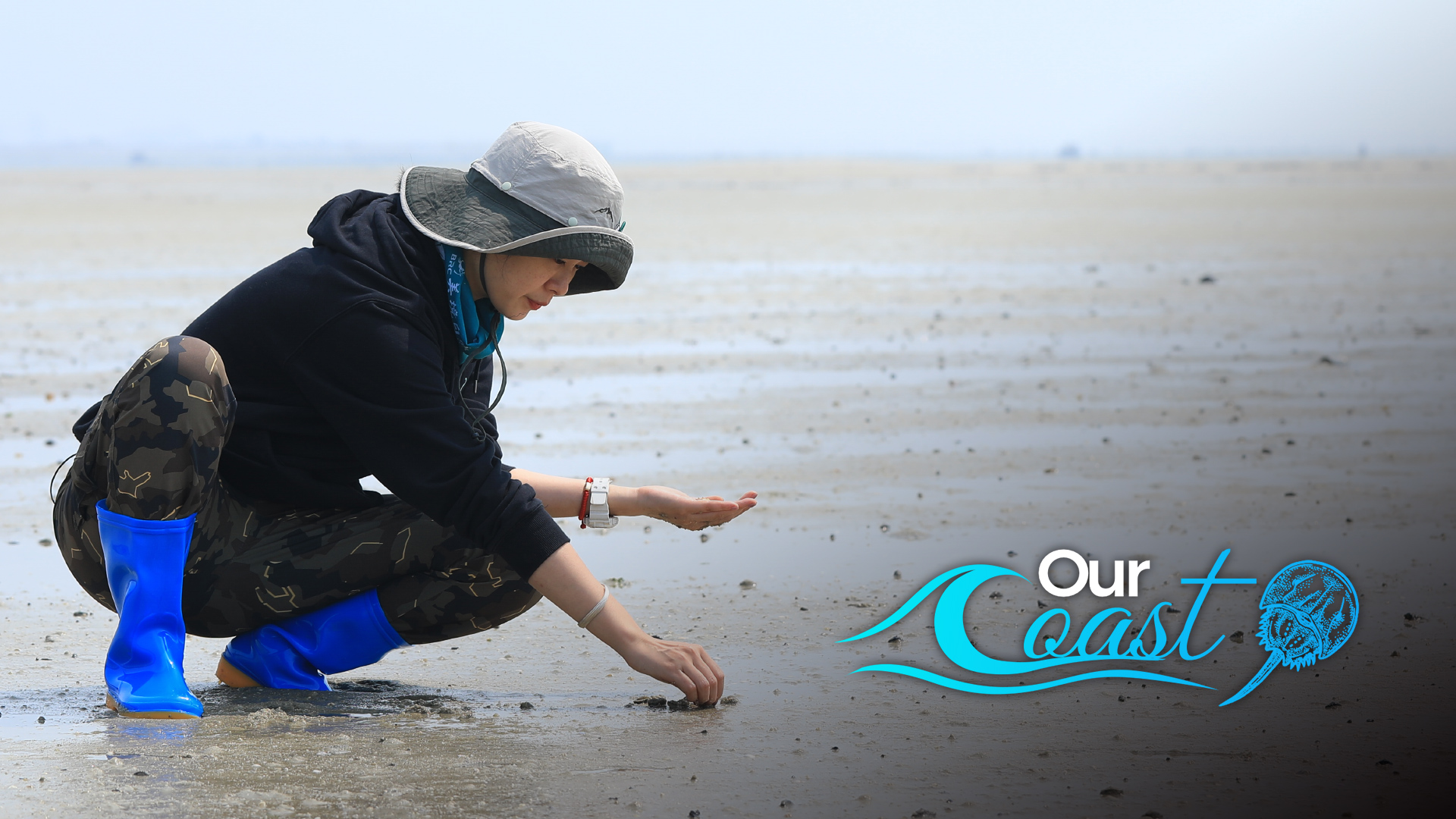04:20

Horseshoe crabs have existed on Earth for 450 million years, even longer than dinosaurs, but can they live through our times?
The population of horseshoe crabs in the world has plummeted due to habitat fragmentation, human consumption and demand for their precious blue blood. Their blood is widely used to detect endotoxin, a type of bacterial toxin that can be deadly. Nowadays, our vaccines, injectable drugs and biomedical devices all rely on horseshoe crab blood to make sure they are contaminant-free.
In China, the tidal flat in the Beibu Gulf has been a breeding ground for young Chinese horseshoe crabs and mangrove horseshoe crabs. Zhao Hongxu, project manager at the Guangxi Biodiversity Research and Conservation Association, has worked to protect horseshoe crabs since graduating. The animals were upgraded to a second-class state-protected species this year. Watch the video for her story on the endangered species.
Our Coast:
China's coastline stretches over 18,000 kilometers and is home to abundant marine life, such as Bryde's whales, Chinese white dolphins and sea turtles. This series focuses on the species living along the Chinese coastline and the survival challenges they face, tells the stories of frontline conservationists, and discusses feasible measures for biodiversity and ecological protection.
Our Coast: Guarding Mangroves
Our Coast: Chasing Chinese white dolphins
Our Coast: Restoring seagrasses
Our Coast: Saving injured sea turtles
(Cover image designed by CGTN's Li Yueyun. Video by Zhang Chao, and edited by CGTN's Zhao Ying.)
(If you want to contribute and have specific expertise, please contact us at nature@cgtn.com.)

